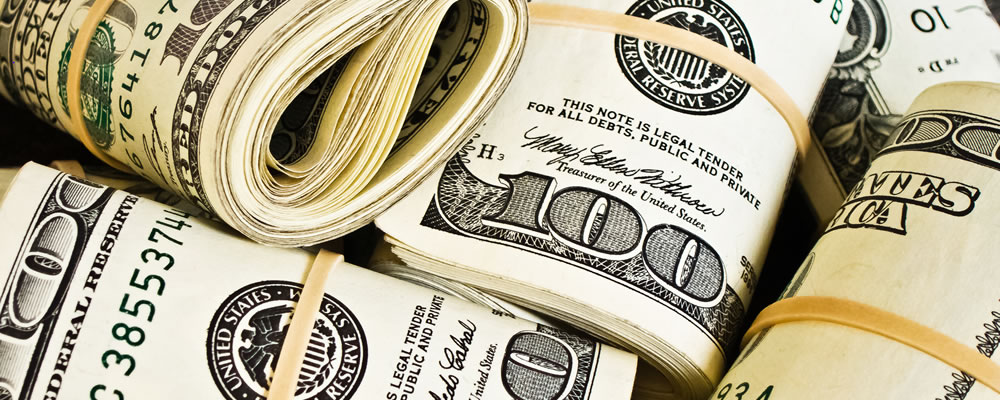Despite the Fed’s hawkish policy meeting the Euro US Dollar exchange rate recovered some ground ahead of the weekend, boosted by French confidence data.
- Fed interest rate hike failed to maintain US Dollar strength – Prospect of further tightening in 2017 underpinned USD outlook
- French business confidence data strengthened in December – Euro trended higher despite narrowed Eurozone trade surplus
- Weaker US durable goods orders forecast to boost EUR USD exchange rate – Disappointing domestic data unlikely to limit US Dollar appeal for long
- Political developments main influence for EUR USD in 2017 – European elections set to provoke Euro jitters
While profit taking has limited the strength of the US Dollar at this juncture the underlying fundamentals of the EUR USD exchange rate remain bearish.
Euro (EUR) Exchange Rates Trended Higher on Fresh Business Confidence Boost
Although the Federal Reserve opted to raise interest rates on Wednesday, in line with market expectations, this failed to keep the US Dollar (USD) on a stronger footing for long. A sense of political uncertainty has somewhat hampered the ‘Greenback’ in recent days, given its relative strength ahead of the Fed decision. There was some disappointment from November’s Consumer Price Index report, which saw inflation excluding food and energy prices fail to rise as forecast.
Confidence in the Euro (EUR), meanwhile, was boosted by a better-than-expected French business climate survey. The headline figure climbed to its highest level since 2011, suggesting that the atmosphere within the domestic economy had improved solidly in December. More crucially, this was seen to point towards a stronger level of economic activity in the fourth quarter, which could lead to a modest uptick in French GDP. As a result the Euro US Dollar (EUR USD) exchange rate trended higher ahead of the weekend, despite a disappointing narrowing of the Eurozone trade surplus.
Contraction in US Goods Orders Predicted to Dent US Dollar (USD) Strength
The latest round of German IFO business sentiment surveys could offer the single currency further support on Monday, with investors expecting to see another uptick in domestic confidence. Given growing market concerns over the robustness of the Eurozone’s powerhouse economy a stronger showing here could encourage greater demand for the Euro. Higher levels of confidence within the business sector may point towards improved economic fundamentals, suggesting that domestic growth could remain well supported in the coming months.
Forecasts are not encouraging for November’s US durable goods orders, which are expected to show a contraction of -3.5% on the month. While even a sharp weakening in consumer demand is unlikely to deter the Fed from taking a more hawkish view in the near future this could put some downside pressure on the ‘Greenback’ nevertheless. With the mood towards the US Dollar generally bullish any decline is likely to be short-lived, however, which could see the EUR USD exchange rate on a downtrend towards the end of 2016.
Euro US Dollar Exchange Rate Volatility Forecast on 2017 Political Uncertainty
In the longer term the Euro is expected to remain somewhat muted, thanks to the sense of rising political risk within the currency union. With major elections taking place in France and Germany, as well as the ongoing debt saga in Greece, there is potential for further political upsets to throw the future of the Eurozone into fresh doubt. As researchers at ANZ noted:
‘The rise in populism threatens deeper EU integration and reform, hindering a rise in potential growth and weighing on the EUR.’
On the other hand, the policies of president elect Donald Trump are likely to provoke further volatility for the US Dollar. Should his pledge to boost spending on infrastructure materialise and offer extra stimulation to the world’s largest economy then the EUR USD exchange rate could extend its losses further in the coming months.
Current Interbank Exchange Rates
At the time of writing, the Euro US Dollar (EUR USD) exchange rate was on an uptrend around 1.04, while the US Dollar Euro (USD EUR) pairing was slumped in the region of 0.95.



